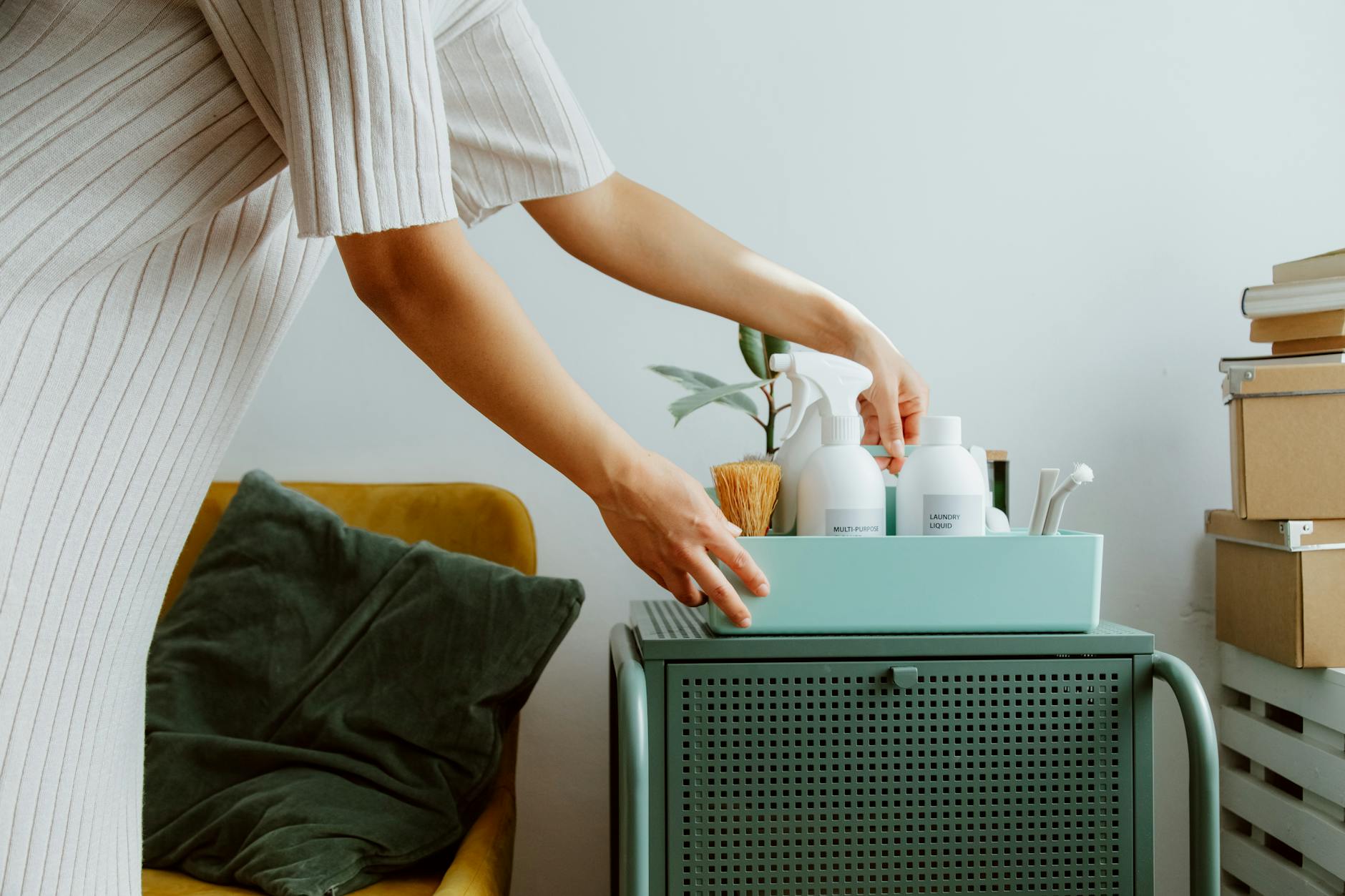Introduction
A clutter-free home transforms how you live, think and relax. This article outlines practical strategies that move beyond one-off cleanups to create lasting order. You will learn how to shift your mindset toward intentional ownership, design functional zones that match how your household actually uses space, and set simple maintenance routines that prevent clutter from returning. The guide also covers smart storage choices, small projects with outsized impact, and tools that make organization easy for every family member. Follow these interconnected steps in sequence to convert chaos into calm. Read on for actionable, realistic advice you can adapt whether you live in a studio apartment or a family home, including a quick data table to help plan time investments.
Establish a decluttering mindset
Before moving boxes, clarify why you want a clutter-free home. A clear purpose reduces decision fatigue and helps when you must let go of items. Start with these principles:
- Define your priorities: Identify the activities you want your home to support, such as restful sleep, family time, cooking, or focused work. Use this to guide what stays.
- Adopt a one-in, one-out rule: For many categories, removing an item when a new one arrives keeps totals stable.
- Time-box decisions: Set a 90-second rule for most items. If you cannot decide quickly, place the item in a “maybe” box and review later.
- Use the four-box method: Label boxes Keep, Donate, Recycle, Trash. This reduces indecision and speeds the process.
These mindset habits make later chapters easier because they reduce the influx and make choices consistent across rooms.
Create functional zones and efficient storage systems
Organizing by function, not by product type alone, ensures that items are located where you actually use them. Follow a room-by-room strategy:
- Map primary activities in each room and assign zones. Example: in the kitchen, separate prep, cooking, and cleaning zones.
- Store frequently used items at eye level or within easy reach. Less-used items go higher or lower.
- Use clear bins and labels for quick identification. Labels reduce repeated searching and keep systems intact.
- Group similar items together and limit duplicates. A quick audit of duplicates often frees up major space.
Consider modular storage that can adapt as needs change, such as adjustable shelving and stackable containers. Below is a quick reference table showing common storage options, ideal use cases, and typical cost range to help plan updates.
| Storage type | Best for | Estimated cost |
|---|---|---|
| Clear plastic bins | Seasonal items, toys, craft supplies | Low |
| Adjustable shelving | Closets, pantries, garages | Medium |
| Drawer dividers | Utensils, office supplies, small tools | Low |
| Wall-mounted hooks/racks | Coats, bags, frequently used tools | Low |
| Furniture with hidden storage | Living room blankets, out-of-season items | Medium to high |
Build daily and weekly routines to maintain order
Once zones and storage are in place, routines keep clutter from returning. Small consistent actions beat occasional big cleans. Implement routines that match your schedule and household size:
- Daily reset (10–20 minutes): Tidy high-traffic areas each evening. Return items to their home, do a quick surface wipe, and clear counters.
- Weekly maintenance (30–60 minutes): Rotate through rooms. Empty the fridge, sort mail, clear out the catch-all drawer, and reassess surfaces.
- Monthly purge (60–90 minutes): Check closets, kids’ toys and bathroom cabinets for expired or unused items and donate or recycle.
- Assign responsibilities: Make routines a shared household practice. Short checklists by the door or on the fridge help everyone stay aligned.
Use the table below to plan how much time these routines require and the impact you can expect after a month of consistency.
| Routine | Frequency | Typical time | Benefit after one month |
|---|---|---|---|
| Daily reset | Daily | 10–20 minutes | Reduced visual clutter, easier mornings |
| Weekly maintenance | Weekly | 30–60 minutes | Less buildup, lower stress |
| Monthly purge | Monthly | 60–90 minutes | Fewer duplicates, more usable space |
Implement smart projects and long-term habits
After mindset, zones and routines are established, focus on targeted projects that produce lasting change. Prioritize projects with high visibility and frequent use, since benefits compound.
- Entryway overhaul: Install hooks, a small bench and a tray for keys. Solves daily clutter at the point of entry.
- Pantry refresh: Decant staples into clear containers and label. This speeds meal prep and prevents accidental overbuying.
- Paper management system: Create an incoming paper inbox, actionable pile and archive folder. Scan important documents to reduce physical storage.
- Seasonal swap: Rotate clothing and sports gear seasonally. Store the off-season items in labeled bins to maximize closet usability.
- Set tech limits: Remove duplicative apps, unsubscribe from catalogs and newsletters that prompt impulse purchases, and set a recurring reminder to manage digital clutter.
These projects are complementary. For example, a pantry refresh makes weekly maintenance easier, and an entryway overhaul supports the daily reset routine. Treat projects as investments: small upfront work saves time and stress later.
Conclusion
Maintaining a clutter-free living space is a sequence of choices rather than a single event. Start by adopting a decluttering mindset to guide decisions and prevent new clutter. Design functional zones and pick storage solutions that match how you live. Build short daily and weekly routines that maintain order with minimal effort. Finally, tackle smart projects that reshape problem areas and reinforce habits over time. When these steps are connected and repeated, your home becomes not just tidy but truly functional. Commit to small, consistent actions and involve household members. The result will be more usable space, clearer thinking, and a home that supports your daily life.
Image by: Ron Lach
https://www.pexels.com/@ron-lach




